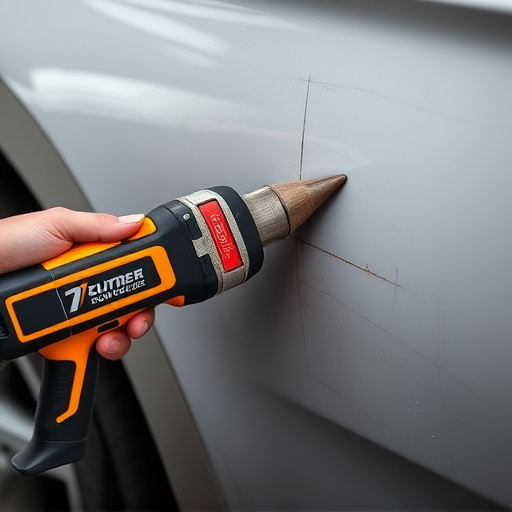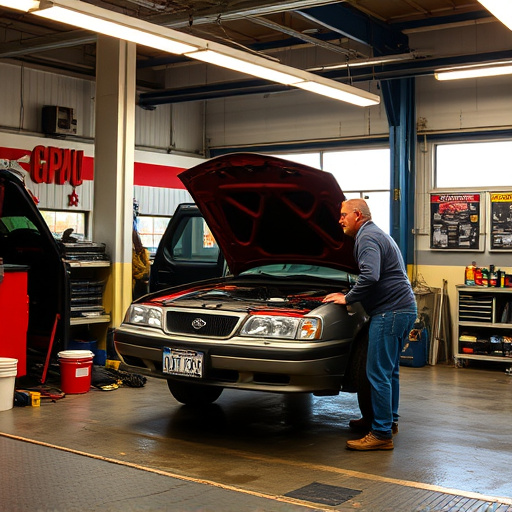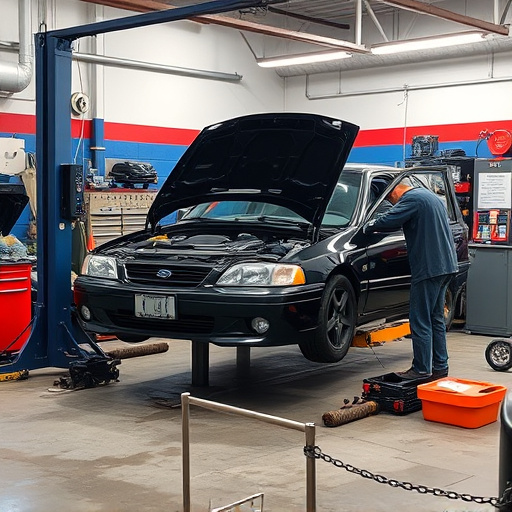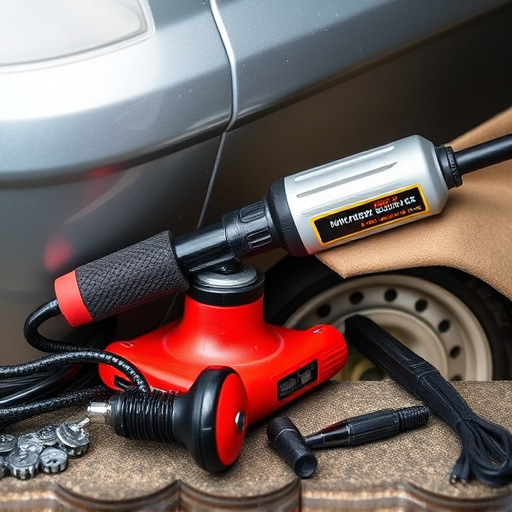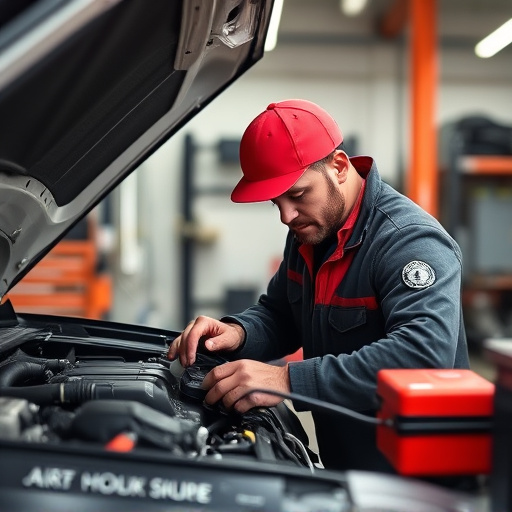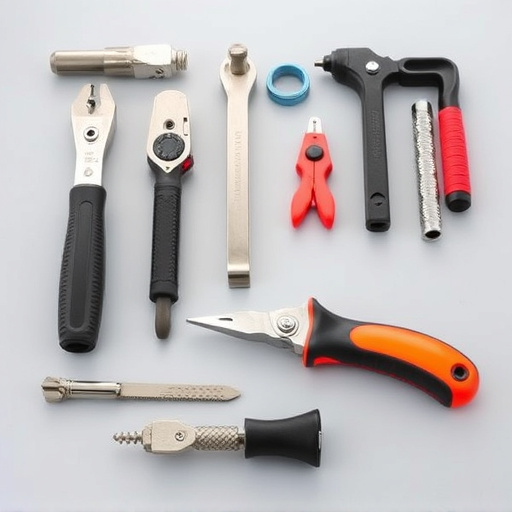OEM software is a critical tool in modern electronic diagnostics for vehicles, especially in collision centers, enabling precise analysis of complex computer networks and aiding in identifying subtle issues. By providing access to up-to-date protocols and data logs, it streamlines troubleshooting, reduces service times, enhances efficiency, and improves customer satisfaction. Compared to alternatives, OEM software offers significant advantages in terms of accuracy, workflow optimization, cost savings, and faster repairs. However, successful implementation requires careful integration with existing systems, regular updates, and staff training to maintain compatibility and interpret data accurately in collision repair processes.
In the realm of electronic diagnostics collision repair, OEM software is more than just a tool—it’s a game-changer. This specialized software, designed by original equipment manufacturers (OEMs), plays a pivotal role in accurately diagnosing and repairing modern vehicles’ complex electronic systems. By understanding its intricacies, embracing its advantages, and implementing best practices, collision repair professionals can enhance efficiency, ensure precision, and deliver superior service in today’s digital era. Let’s explore why OEM software matters.
- Understanding OEM Software: Its Role in Electronic Collision Diagnostics
- Advantages of Using OEM Software for Collision Repair
- Best Practices for Implementing and Maintaining OEM Software in Workspaces
Understanding OEM Software: Its Role in Electronic Collision Diagnostics

OEM software plays a pivotal role in modern electronic diagnostics for vehicles, especially in collision centers where accurate and precise assessments are paramount. This specialized software is designed by original equipment manufacturers (OEMs) to mirror the exact specifications and standards of the vehicle’s control systems. When a collision occurs, these tools become invaluable assets for technicians engaged in vehicle repair. They enable detailed analysis of electronic components, identifying potential issues with sensors, modules, or other critical systems that might go unnoticed during routine checks.
By providing access to up-to-date diagnostic protocols and data logs, OEM software facilitates faster troubleshooting and repairs, which is crucial for collision centers aiming to keep customers satisfied and reduce service times. The integration of such software into their workflow empowers automotive repair professionals to work more efficiently, ensuring the safety and reliability of vehicles post-collision.
Advantages of Using OEM Software for Collision Repair

Using OEM (Original Equipment Manufacturer) software for electronic diagnostics in collision repair offers several advantages over alternative solutions. Firstly, it ensures precision and accuracy in identifying and diagnosing issues within a vehicle’s complex systems. This is particularly crucial for modern cars, which rely heavily on intricate computer networks for operation. The software provides access to the exact data and codes specific to the make and model, allowing technicians to pinpoint problems with greater efficiency.
Moreover, OEM software facilitates streamlined workflows in collision repair shops and car body shops. By offering comprehensive coverage of a vehicle’s electronic components, it reduces the time spent on troubleshooting and repairs. This not only enhances productivity but also translates to cost savings for both the shop and its clients. With access to up-to-date information, car bodywork services can be performed with greater speed and precision, ultimately improving customer satisfaction.
Best Practices for Implementing and Maintaining OEM Software in Workspaces

When implementing OEM software for electronic diagnostics in collision repair, best practices involve ensuring compatibility and integration with existing systems. It’s crucial to verify that the software is designed to communicate seamlessly with diagnostic tools and sensors commonly used in vehicle bodywork and fender repair. This includes adhering to industry standards and protocols to avoid disruptions or inaccuracies in data readings during auto collision repair processes.
Regular updates and maintenance are essential for keeping OEM software up-to-date with the latest vehicle models and diagnostic procedures. This involves promptly installing patches and upgrades provided by manufacturers, as well as staying informed about changes in electronic diagnostics standards. Proper training for staff involved in using the software is equally vital to ensure accurate interpretation of data and effective utilization of features tailored for specific fender repair and auto collision repair scenarios.
OEM software plays a pivotal role in enhancing the accuracy and efficiency of electronic collision diagnostics. By leveraging original equipment manufacturer tools, collision repair professionals can ensure precise assessments, streamline repair processes, and ultimately deliver higher-quality vehicle restorations. Implementing OEM software requires adherence to best practices for optimal results, including regular updates, comprehensive training, and seamless integration within workspace workflows. Embracing these strategies ensures that shops stay competitive in the digital age of automotive repairs, providing customers with reliable and cost-effective solutions.


